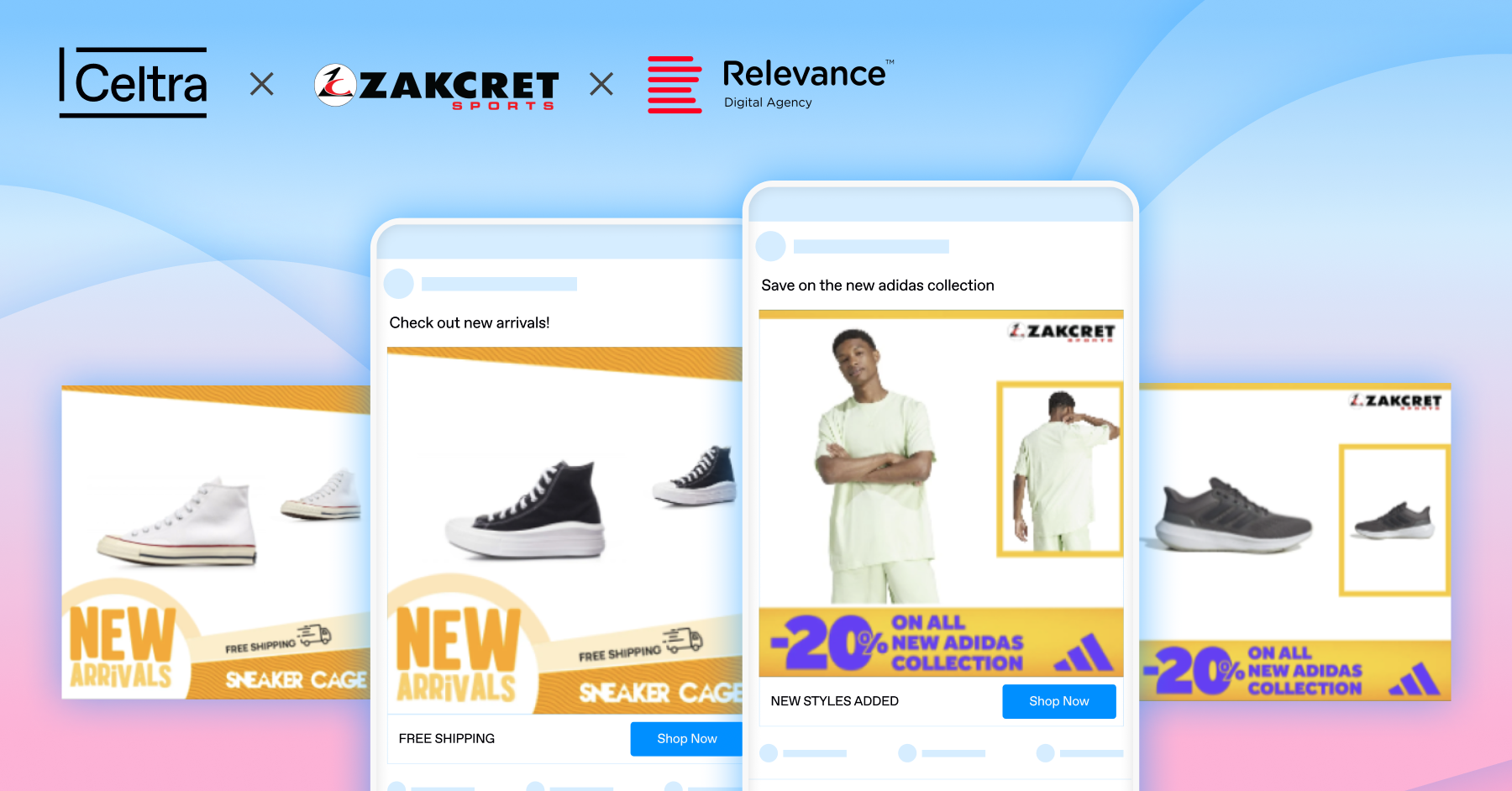When it comes to turning time into numbers with DPAs, the dream team is made up of two parties: the creatives and the performance marketers. When the expertise and skill set of both sides collide, a series of fully optimized DPAs for any platform, placement, and campaign tactics are born. However, before we get into how they do it, let’s first get to know the team. Their character and charm are what make them unique, and most importantly, how they complement each other.

Performance Marketer Profile
A deep understanding of target audiences and their purchasing behavior, as well as a passion for metrics and data which they use to measure the success of every ad campaign. A certain panache for the ins and outs of content ie. product catalogs, how they behave, change and how their power can be utilized for creative purposes.
Designer Profile
Loves to spend hours creating visually appealing and engaging ad content that will capture the hearts of their target audience. Always go the extra mile to convey the brand’s message effectively.
Recipe for Success
The first thing to note is, historically, Dynamic Product Ads weren’t designed. A traditional DPA is a product feed hooked to a social platform where they will run as simple product shots. Although plain creative can get the job done, better ad creative can boost performance to new heights. In fact, producing on-brand commerce content can drop CPC (cost per click) by 50% and increase ROAS (return on ad spend) by 50%. A new category is born by enriching DPAs with a little help from Celtra. One that has created a need for a design where there wasn’t one before.
That means, when it comes to creating them, the rules of the game are different from your classic static ad. They are a separate category, and therefore the elements to consider are decidedly different. What both teams need to consider first is:
Why? Are you designing DPAs for driving traffic or prospecting?
What? Which element will you include on the creatives to guide your consumer to conversion?
Where? What platform and placement will they be running on, and what signals will work best on that specific feed?
The list goes on… But this is where the romance between performance marketers and designers is vital to the plot. If DPAs are to blossom into conversions and drive performance, as they often do, the relationship between these two teams must also flourish.
Leveraging the Relationship
A performance marketer may analyze data on consumer behavior and identify that certain product categories have higher demand at certain times of the year. Through crunching numbers they can really know their audience and how to connect them to the products at their disposal. They’re in charge of what information should be included i.e. what feed content should be featured in the ads and at what point in their buying journey it will have the most impact. (For example, it would mean deciding to incorporate a sale badge when your target audience is very price-sensitive or focusing more on the colors and premium feel when your audience isn’t price-conscious). With this information at hand, it’s then up to the designer to create a visually enticing ad that features the product heavily, with messaging that highlights the specific appeal.
This close collaboration is the key to personalization at the lower end of the funnel. It increases engagement where it matters the most, turning leads into sales, and resulting in a higher ROAS overall. Yay!
Stay tuned for part two, where we put this relationship to work, and take you through the ideal brief, including all the vital elements that the dream team need to make high-performance DPAs, and get them spot-on every time.






